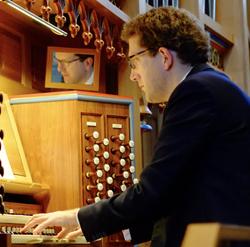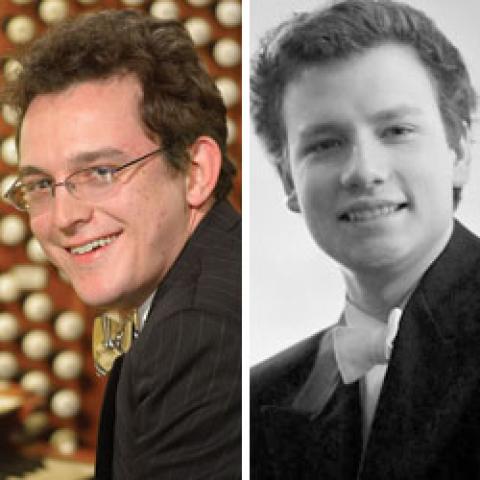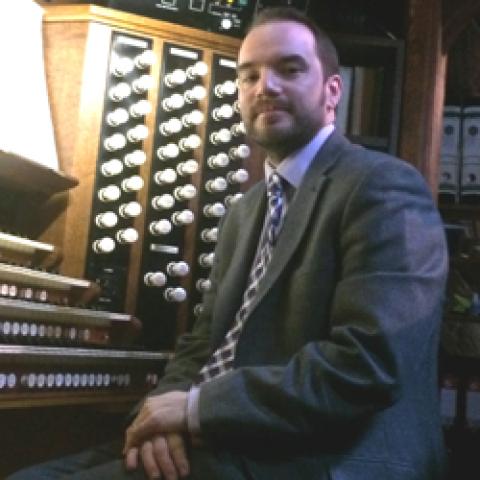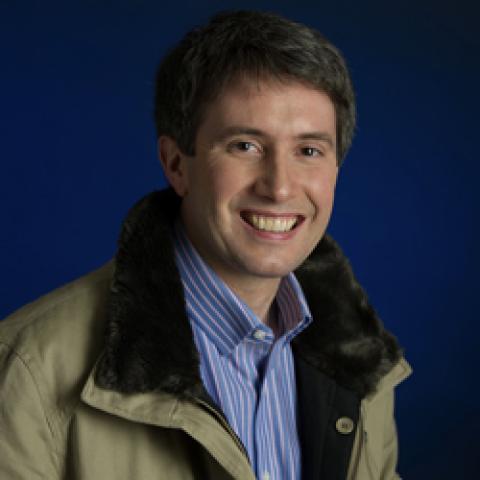
Daniel Hyde has been appointed the 22nd organist and director of music of St. Thomas Church in New York City, succeeding the late John Scott. Hyde will leave his position as Informator Choristorum, organist, and tutorial fellow in music at Magdalen College, Oxford, United Kingdom, where he has served since 2009. He is also a university lecturer in the Faculty of Music. A former chorister and organ scholar at Durham Cathedral, Hyde was assistant organist for Perth Cathedral, Western Australia, before accepting an organ scholarship at King’s College, Cambridge. Upon graduation from King’s, he was appointed director of music for Jesus College, Cambridge, where he oversaw the development of the college’s two choirs and the design and installation of a new organ in the chapel.
As an organist, Hyde won second and audience prizes in the RCO Performer of the Year Competition 2002. He has performed with the BBC Philharmonic, the Britten Sinfonia, and the Academy of Ancient Music, among others, and has recorded the Hindemith Organ Concerto. In 2008, he released a compact disc of Christmas music from King’s College. In 2014–15 he gave a series of recitals celebrating the inauguration of the new Dobson organ at Merton College, surveying the complete organ works of Bach. Daniel Hyde’s website is www.danielhyde.co.uk.





